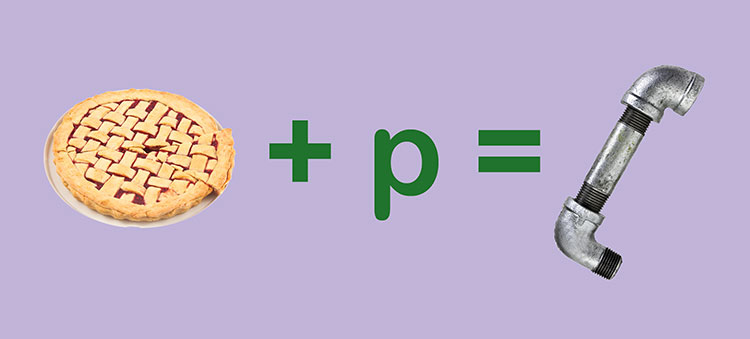H6: Find the New Word
1. Overview
Add a sound to the end of a word to create a new word, using picture cards as clues. Your child will practice synthesizing new words and will also learn that adding a sound to a word can change its meaning.
H6: Find the New Word
2. Materials
Print out the picture cards, preferably on sturdy card-stock paper, and cut them apart. The word index is for the adult’s reference only. ↑ Top3. Activity
Video: How to play Find the New Word
Before starting the game, explain to the child that with some words, you can add a sound to the end and make a brand new word.
Before each round of the game, select a picture card. Go through the images on the picture card and name them, to make sure you and your child are using the correct word for each picture (e.g., beak, not bird).
Adult: [showing picture card] Let’s look at these pictures. They show sheep, house, and globe. Now you name each picture as I point to it. Child: Sheep. House. Globe. Adult: Good.Be sure to do this identification before introducing the word for your child to synthesize. To start the game, you will say a word from the provided list (for the picture card you have selected) and have the child repeat it. Tell him the sound you want to add to the end of the word — be sure to pronounce the sound correctly. Then have him tell you the “new” word that appears when he adds that sound onto the end.
Adult: I’m going to tell you a word and then add a sound to the end. You will tell me the new word that you hear. The new word will be the same as one of these pictures. Get ready: find glow • • /b/. Child: Globe! Adult: Yes, globe. Glow • • /b/ makes a new word: globe.Go through the other two words connected to the picture card you selected. Go through 10-12 picture cards (30-36 words) in a session. Slow down the pace and cover fewer words if your child has difficulty with the concept. Introduce the words in random order. At the end of a session, review any words that he struggled with. Revisit this activity until you have gone through all the words and the child has a good grasp of the concept. ↑ Top
4. Confidence Builder
- If the child struggles with a one-second pause (written as • •) between the word parts, repeat them with a shorter pause of half a second (written as •).
- Group the words by ending sound. For example, go through all the words for which you add an /mmm/ sound to the end, followed by all the words for which you add a /sss/ sound, etc.
- Focus on the continuant sounds, such as /mmm/, /sss/, and /lll/. These are easier for a child to hear and identify.
5. Extension
After the child has gotten familiar with the pictures, you can make the activity more challenging:Adult: I’m going to say a word; then you say it. Next, I’ll say the word again and give you a sound to put on the end of my word so that you make a new word. Find the picture of the new word you make. Listen: she. Say that. Child: She. Adult: Now, say she and add /t/-/t/-/t/. Like this: she • • /t/. Child: she • • /t/. Adult: What’s the new word? Child: Um… Adult: Say she • • /t/. Then say it fast. Child: she • • /t/. Sheet! Adult: Yes! Now find that picture.Each time, the adult should say, “[root word] add [final sound].” For example, “die add /vvv/.” The child should repeat the root word and the final sound but not say the word add, then quickly blend them into a new word. For example, “die • • /vvv/. Dive.” Then the child should find and touch the corresponding picture for the new word. ↑ Top
6. Small Groups (2-5 children)
Lesson Objective: Using picture cards as visual aids, children will hear a word spoken in two parts with the ending phoneme separated from the preceding word part, and orally blend the two parts into a whole spoken word. GELDS (Georgia Early Learning & Development Standards): CLL6.4f Georgia Standards of Excellence: ELAGSEKRF2.e Common Core State Standards: CCSS.ELA-LITERACY.RF.K.2.E Additional Materials:- extra sound cards
Leave a Reply
